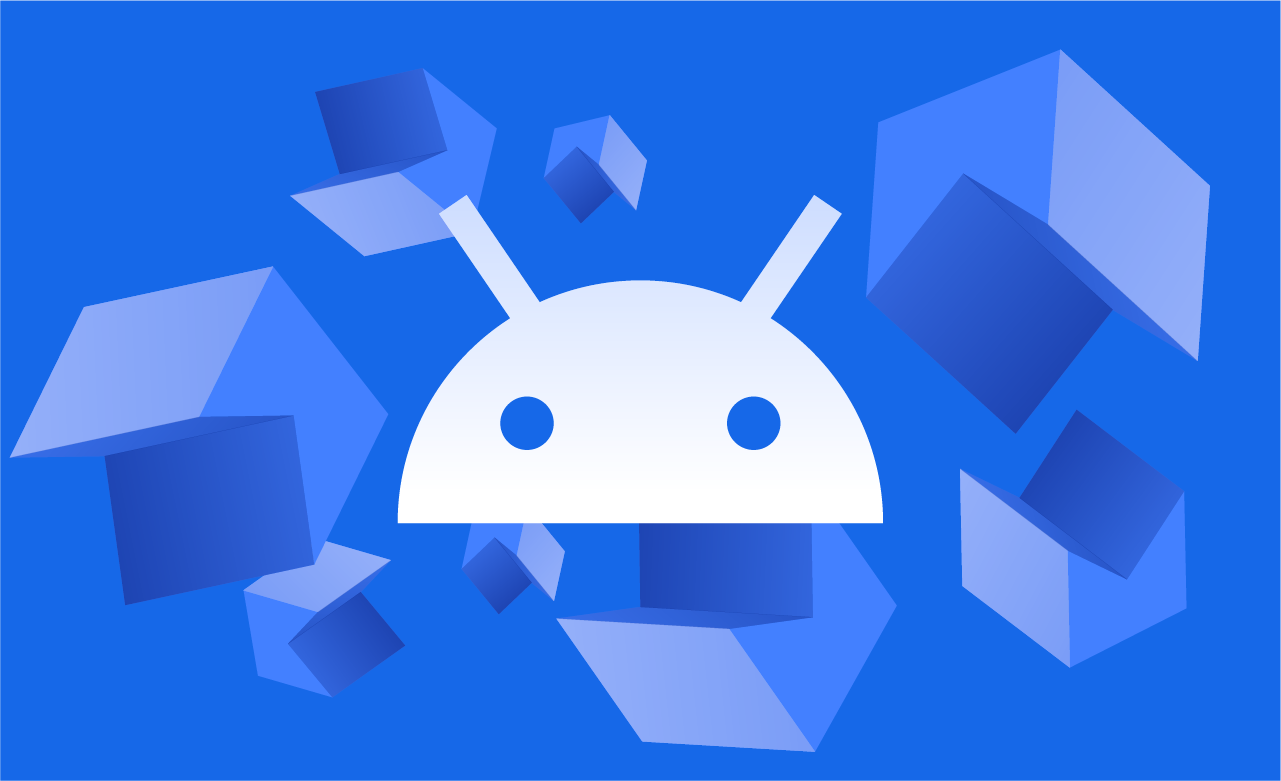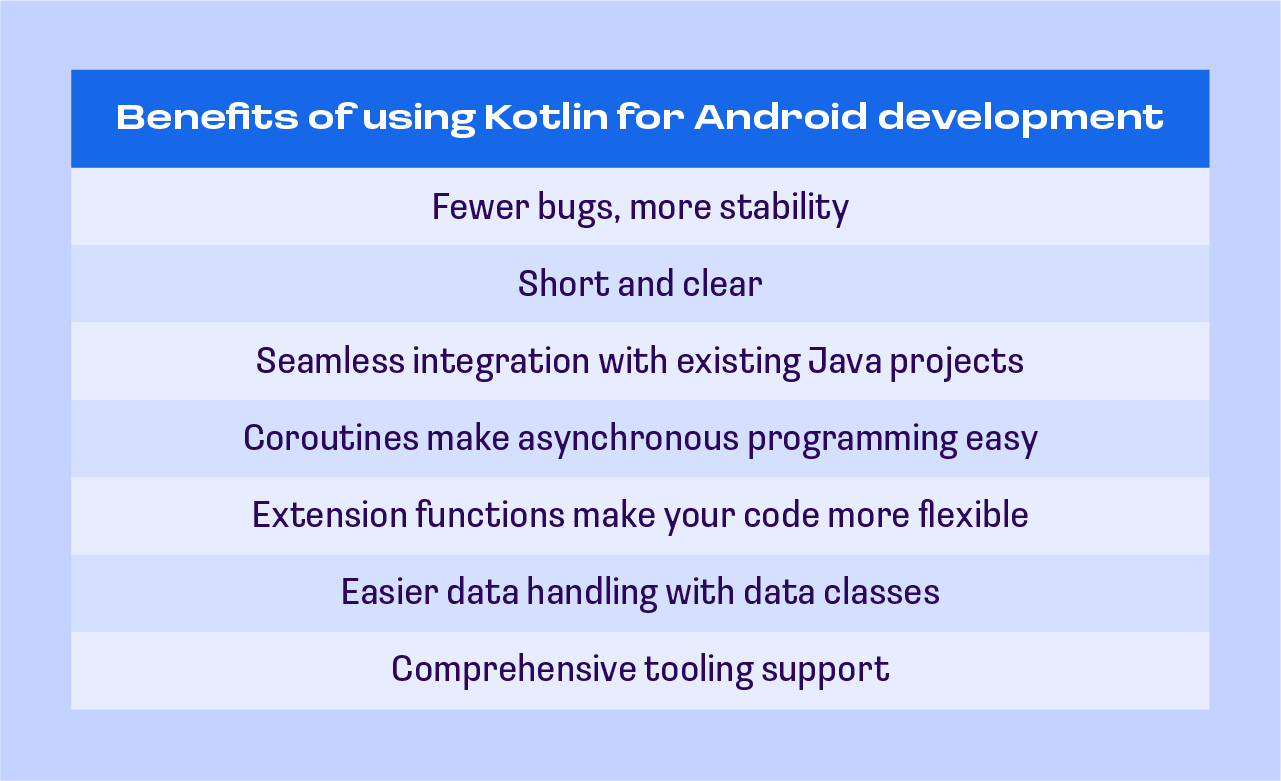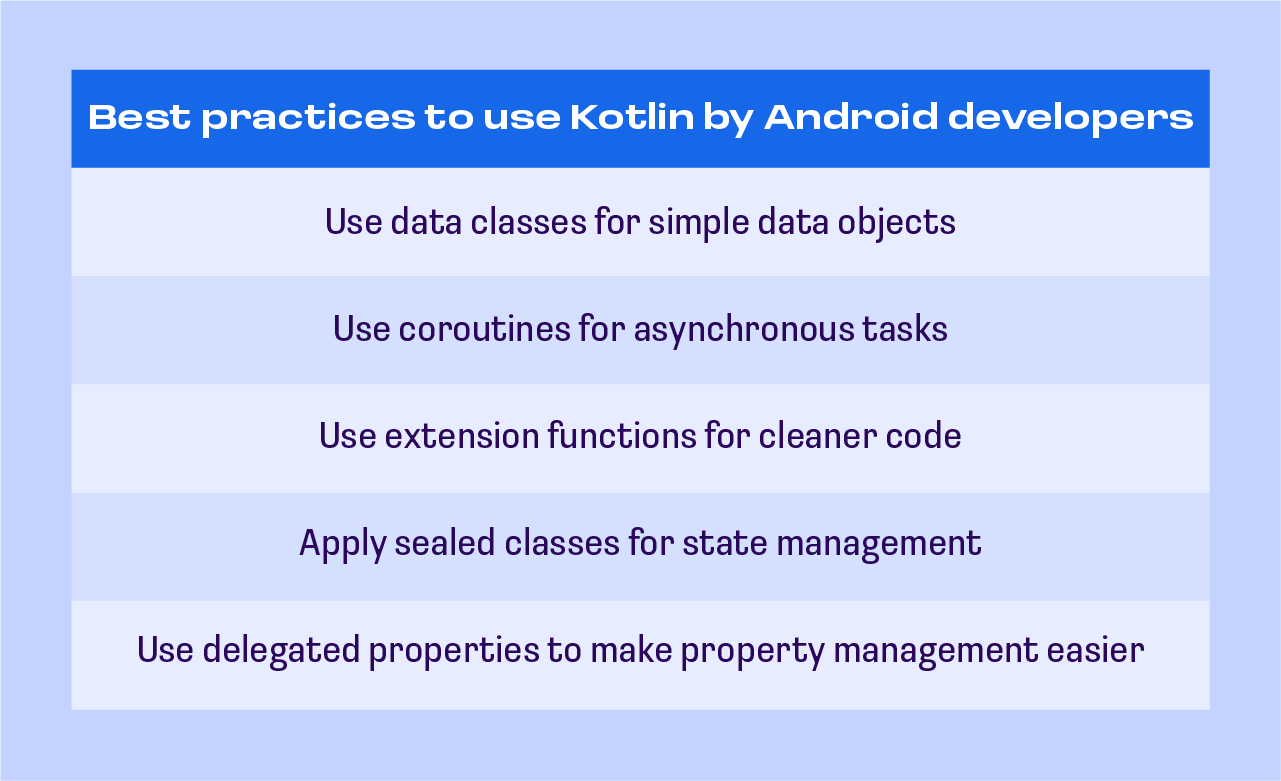Kotlin for Android developers tutorial guide
The author of this article is tech expert Pieter Murphy.

In the fast-paced world of mobile app development, Android is a platform that’s constantly evolving. As a developer, it’s important to stay on top of the latest trends and tools to deliver smooth, modern applications. This is where Kotlin comes into play.
Kotlin is a versatile programming language that serves as a great alternative to Java for developing Android applications. It's user-friendly, enabling the development of robust applications quickly. For beginners, Kotlin is easier to grasp than Java, making this Kotlin Android Tutorial a perfect starting point for diving into Android app development.
It serves as an alternative to Java for Android app development. It is free to use, developed under the Apache 2.0 license, and its source code is available on GitHub. One of its key features is compatibility with Java, allowing Kotlin programs to seamlessly support Java code.
If you're considering a switch to Kotlin or are just getting started with Kotlin Android training, this tutorial will explain why Kotlin is essential for Android developers and how to make the most out of its features.
Introduction: why is this important?
Kotlin has taken the Android landscape by storm since its official endorsement by Google in 2017. It is intuitive, sleek, and comes with features that fix some of the most frustrating problems that developers face, especially those who have had experience working with Java.
Kotlin is not just another programming language; for Android app development, it makes processes much easier, faster, and frankly, much more enjoyable.
Why should you use Kotlin for Android development?
If you’ve used Java for a while and are comfortable with it, you might be wondering, “Why should I make a switch to programming Android with Kotlin?” That’s a fair question and the reason to learn Android development with Kotlin lies in the inefficiencies or little quirks that Java still has when it comes to modern Android development.
It is undeniable that Java has served us all well for decades, but the truth is that it was never designed with mobile development in mind. It is verbose, demands a lot of boilerplate code, and lacks the level of safety necessary for today's rapid app development.
In contrast, Kotlin is modern, concise, and specifically designed for mobile, effectively overcoming many of Java's limitations.
Kotlin allows for greater conciseness, leading to fewer errors, cleaner codebases, and, ultimately, quicker development. It also enhances safety with features like null safety, which greatly minimizes the risk of bugs or crashes caused by null references—a common problem in Java.
Additionally, Kotlin integrates smoothly with Java, enabling you to add Kotlin to your current projects without needing a complete rewrite. With support from Google, developers can be confident that Kotlin will keep advancing alongside the Android ecosystem.
Simply put, Kotlin is more than just a fashionable new language; it's a worthwhile investment for the future of Android development. We have put together a set of interview questions and answers for a Kotlin-reliant job position and want to prepare for it.
Let’s dive in and learn more about the language.
Benefits of using Kotlin for Android development
Fewer bugs, more stability
A good Kotlin Android app development tutorial quickly shows that Kotlin has an edge in reducing errors. This feature makes it attractive to developers. Java programmers know how tough it can be to track down NullPointerExceptions. Kotlin builds null safety into its core, which cuts down on null-related issues.
Think of Kotlin's null safety as a shield. It protects against a common cause of app crashes. You can choose if a variable allows null values. Kotlin then makes you handle these null values. This approach to code safety boosts stability. It also gives developers more confidence in their work.
For any coder who's felt the frustration of hunting down random crashes in large apps, this feature alone makes switching worth it.
Short and clear
Let's be honest, Java can be unnecessarily verbose. Developers often write a bunch of repetitive code just to do simple things, which can slow processes down when. When you learn Android with Kotlin, you’ll see that it focuses on being concise and easy to understand.
Kotlin lets you write less code while keeping things readable. Often, shorter Kotlin code is easier to understand. When developers write less, they’re less likely to make mistakes and can move from idea to code faster. This can help when up against tight deadlines or working on tricky features.
Kotlin's clear and brief style is great for coders who want to work faster without sacrificing code quality. It's neat and simple to read and lets developers focus more on building great apps instead of writing the same old code over and over.
Seamless integration with existing Java projects
For developers who have coded in Java for years, starting over might seem scary. But don't worry - Kotlin works well with Java. You don't have to switch everything right away. With the right Kotlin Android advanced tutorial, it is easier to add Kotlin to current projects.
Kotlin and Java work so well together that both can be used in the same project. This makes it easier to try out Kotlin without changing the entire codebase at once. Want to change an old Java class to Kotlin? Find a Kotlin Android app tutorial and go for it. Need to add new functionality but want to try out Kotlin’s sleek syntax? Absolutely.
Because they work so well together, it is easier to change things bit by bit instead of all at once. This makes it much easier to start using Kotlin for coding work.
Coroutines make asynchronous programming easy
Android developers know how asynchronous programming can get tricky. Managing network requests, running background tasks, and keeping the app responsive can turn Java code into a mess of callbacks and threads.
Kotlin Android training beginner levels introduce coroutines, a powerful tool to handle asynchronous tasks. Coroutines make it easier to write code for time-consuming operations, like fetching data from an API+++. You can write asynchronous code that looks like synchronous code, without dealing with callbacks and thread management. This improves code readability and reduces the mental load needed to manage concurrency.
Coroutines help build efficient, responsive apps without the usual headaches of asynchronous programming. If multithreading has presented performance issues, Kotlin's coroutines will seem like a breath of fresh air.
Extension functions make your code more flexible
Kotlin introduces extension functions, which allow adding new features to existing classes without changing them. This has a big impact on Android development. Imagine being able to add a custom utility function to a class like View or Activity without touching the original class.
This feature gives more options, allowing for cleaner, more reusable code. Developers won't need to crowd their project with utility classes or static methods that can be tough to maintain. Instead, they can add extra functions right next to the objects that use them.
This can speed up their coding and make the results easier to read. If you've ever thought a class needed a little more functionality but didn't want to make a whole new class for it, you'll love how handy extension functions are in Kotlin.
Easier data handling with data classes
Kotlin's data classes make it easier to build classes that hold data. Developers don't have to write all the getters, setters, equals(), and toString() methods by hand - Kotlin does this for you.
This comes in handy for Android apps, where one often needs to create models for user data, product details, or API responses. In Java, making these classes can be boring and easy to mess up.
With Kotlin, developers can get all the needed features with just a few lines of code, which saves time and keeps things consistent in projects. Data classes show off Kotlin's new design, which tries to cut down on the extra work that coders often face in older languages.
Comprehensive tooling support
The drive to learn Android app development with Kotlin stems from its features and excellent tooling support. Android Studio, the go-to IDE for Android development, provides Kotlin with first-class support. This means seamless integration, auto-completion, debugging, and refactoring tools.
Also, JetBrains, the same team behind Android Studio, created Kotlin. This close tie means the language and IDE work well together, making coding smooth and quick for developers.
Good tools matter when starting on a new language, and with Kotlin, developers can work in a setup made to help them succeed.
Check out our coverage on the benefits of Kotlin in the backend for Java programmers to appreciate the language’s versatility.

Best practices to use Kotlin by Android developers
Now that you know the main benefits of using Kotlin for Android development, let's talk about how to use it well. Any competent Kotlin Android tutorial for beginners will tell you the process is more than just learning how the language works; it's also about using it to write better and more efficient code.
Use data classes for simple data objects
Kotlin's data classes are a great way to handle data without writing lots of boilerplate code. When developers need to make objects that store data, like models or entities, data classes can save time and make code easier to maintain.
Use coroutines for asynchronous tasks
Asynchronous programming often poses challenges in Android development. When you manage network requests or run heavy database operations, Kotlin's coroutines provide a clear and productive way to handle these jobs without stopping the main thread. Using coroutines can boost your apps' speed and smoothness.
Use extension functions for cleaner code
Extension functions let you add new features to existing classes without changing their source code. This method leads to cleaner and easier-to-maintain code. By grouping related features, you can make your projects easier to read and organize.
Apply sealed classes for state management
Kotlin's sealed classes are great for handling state in Android apps. When working with network states like loading, success, or failure, sealed classes give you a type-safe method to represent these states. This ensures your code covers all possible cases, cutting down on mistakes and improving readability.
Use delegated properties to make property management easier
Kotlin's delegated properties simplify property management. When you're dealing with lazy initialization or properties you can watch, Kotlin offers a clean and effective way to put common property patterns into action without extra unnecessary code.

Conclusion
Kotlin isn't just another coding language; it’s a tool that empowers Android developers to build better apps faster. It comes with cool features like null safety, extension functions, coroutines, and seamless Java interoperability.
These features help solve many problems developers run into when they use older languages like Java.
When you start using Kotlin, you'll write code that works better and is more reliable. Plus, you'll have more fun while you're at it. The language is designed to be fun, modern, and productive—everything an Android developer could want.
If you want to stay on top of Android development, it's a good idea to begin learning and using Kotlin in your projects now. You could also sign up for an AI-Assisted Engineering for Kotlin Developers course where you’ll learn +++CTA. Kotlin is shaping the future of Android development, and the sooner you start using it, the more you'll benefit from its modern, developer-friendly features.
FAQ
Q1: Can I use Kotlin in an existing Java-based Android project?
Yes. Kotlin works well with Java letting you mix Kotlin and Java code in one project without issues. This means you can switch to Kotlin bit by bit without having to start from scratch.
Q2: Is Kotlin hard to learn if I already know Java?
No, if you're good with Java, picking up Kotlin should feel pretty natural. It's easier to write and understand, so you'll find that many things are quicker to do in Kotlin.
Q3: Does Kotlin affect app performance?
No, Kotlin turns into the same basic code as Java so your app won't run any slower. In fact, Kotlin's special features can make your app respond faster by making it easier to handle multiple tasks at once.
Q4: Are there any downsides to using Kotlin?
There's one small downside: sometimes Kotlin can take a bit longer to get ready to run than Java in certain cases. But the good things about Kotlin - like safer code, easier reading, and faster development - make up for this. Plus, the tools for Kotlin keep getting better, which helps fix most speed issues.


.png)
